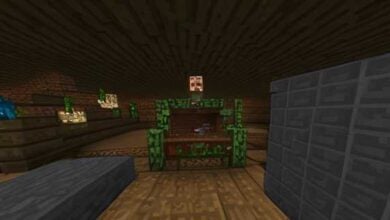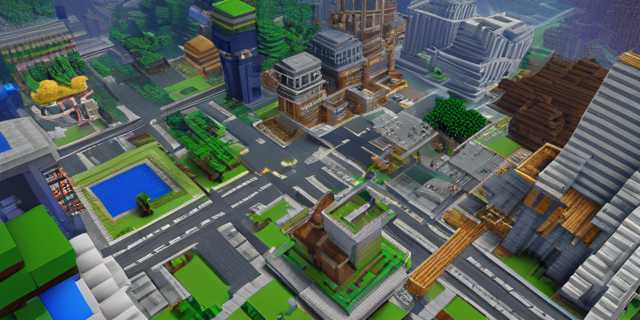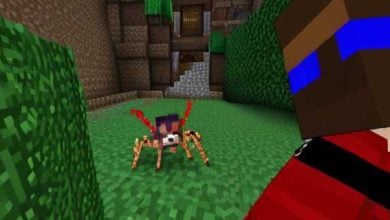Mastering Minecraft Redstone: Ultimate Guide to In-Game Engineering
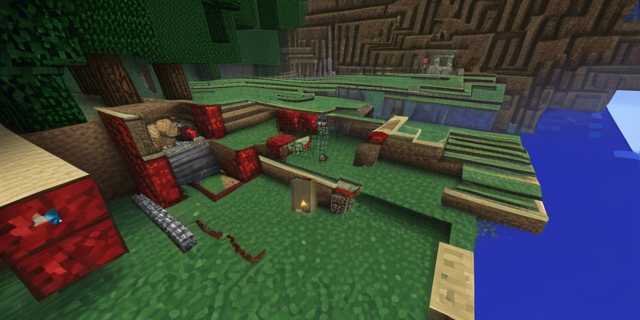
Within Minecraft, the Redstone mechanics stands out as one of the clear-cut strongest aspects of the game as it allows players to come up with the most complex circuits, machines, and even detailed contraptions. It is crucial for the players to encompass Redstone components, whether they are a novice or advanced, as it is the only way they can reach the true potential of Redstone. This guide includes every essential Redstone component, clarifying what they do and giving a hint about how do they work together. With thorough knowledge, one can create anything from basic doors to complex computing systems in the game
1. Redstone Dust: The Lifeline of Redstone Mechanics
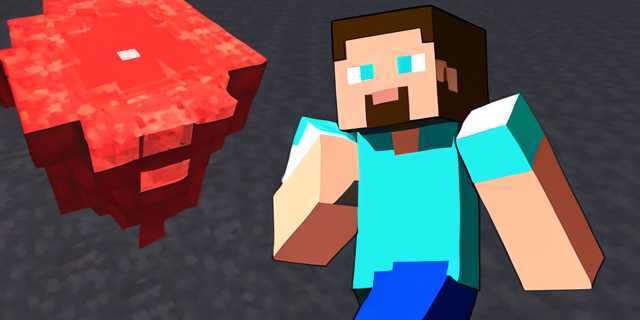
Redstone Dust is the cornerstone of any Redstone construction and it is like a wire that carries the power from one component to another. Putting Redstone Dust on the ground creates a Redstone path, which is capable of carrying signals up to 15 blocks and for further signal amplification indirectly subsequently the use of a repeater is imperative. When powered, it glows bright red, making it easy to identify an active circuit. Furthermore, it can be placed on certain blocks that guide signals in certain directions, thus players can use circuits with precision. The Redstone Dust is fundamental in the joining of the different components as it operates pistons, lamps, and doors, making it a basis in any Redstone project.
Tip: Always check for the strength of the Redstone signal when designing the circuits, as weak signals can fail to get active components where needed.
2. Redstone Torches: The Heart of Logic Circuits
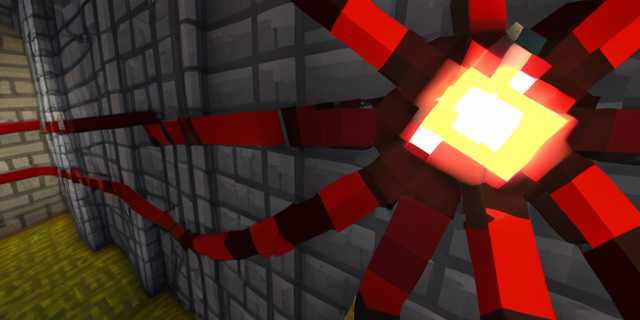
Redstone Torches are the main sources of power, and they are the most commonly used components in Redstone logic circuits. Beside them being placed, they pass a constant Redstone signal unless the nearby powered block turns them off. Their role is also huge in forming the logic gates, which are the bases of complex Redstone devices. The players can make their own signal inverter besides the significant role the Redstone Torches play. Thus they will be able to construct the most ingenious of devices like hidden doors that are activated by pulse generators or the advanced contraptions of the games. The learning process of the use of Redstone Torches will not just open up the doors to endless possibilities for automation but also to creative builds which will be quite true.
Tip: You can build NOT gates using Redstone Torches and blocks. Doing so will also invert the Redstone signals and let you have advanced logic.
3. Redstone Repeaters: Signal Extenders and Delayers
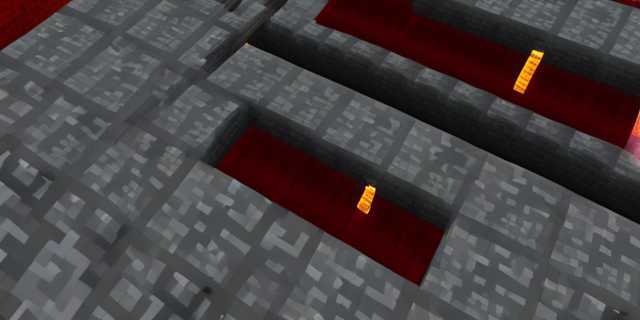
Redstone Repeaters are important for extending Redstone signals beyond their natural limit of 15 blocks and very intentionally adding delays to a circuit. They may also be like a one-way road, letting the Redstone signal flow only in a single direction. The adjustable delays which are between 0.1 and 0.4 seconds make the repeaters very suitable for synchronizing Redstone mechanisms like opening multiple doors at the same time. Including repeaters in your builds improves the overall circuit efficiency, reduces any signal loss, and enables the accuracy of time in the automated Timed Systems, all of which are necessary.
Tip: Connect multiple repeaters to the given line to make time delays longer. Those are especially useful in traps, or like Buffy and the great idiot test – the “door opening together” puzzles.
4. Redstone Comparators: Precision and Signal Control
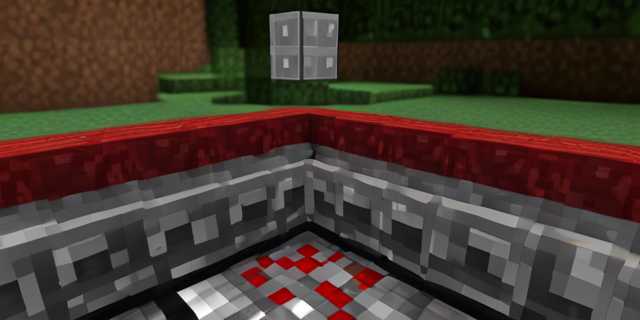
Being able to directly control the Redstone signals is characteristic of Redstone Comparators, which is why they are essential parts of the sorting systems, particularly measuring state blocks, and handling complex logical circuits. They have three major functions: comparing signals, subtracting strength, and detecting block states such as the container being full of items. The ability to work in tandem with hoppers, barrels, and chests makes them a must-have in item sorting systems and automatic storage solutions. The main principles of the Comparator are what every player must know if they want to build with minimal effort by using.”
Tip: Use comparators with hoppers to create item filters, which can automatically sort items into different chests based on type.
5. Pistons and Sticky Pistons: The Key to Movement
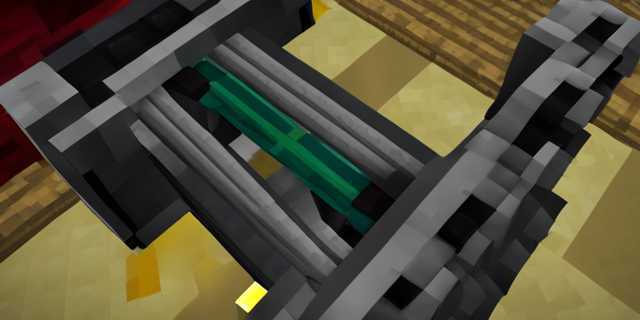
Pistons and Sticky Pistons are responsible for moving components in Redstone projects that allow players to push and pull blocks for doors, traps, and hidden mechanisms. Commonly known as a regular piston, a block is moved forward when it is powered but the group of blocks is not moved back, whereas with the Sticky Pistons, the blocks are called back from their position, which is the best option in creating a secret door, elevator, or passageway. Using ordinary pistons while considering the time of delivery helps players to construct very complicated Redstone devices thus making the build not only functional but also pleasurable. Enhancing the beauty of a building is therefore determined by the power and the way the pistons are arranged by the people.
Tip: Combine Sticky Pistons with Slime Blocks or Honey Blocks to move multiple blocks at once, perfect for large doors and flying machines.
6. Observers: Detecting Block Updates for Automation

Observers are Redstone components designed to detect block updates and emit Redstone signals in response. They are essentially vital for automation, cropping up a simple trigger for a circuit when a crop grows, a block shifts, or a liquid flow is carried on. Making them a real asset for an advanced project, the designers have a wide variety of craftable options to choose from, which generally those which were the mainstay in modern-day Redstone engineering. Today, you will see the use of Observers primarily in automatic farms, rapid pulsing circuits, and other automated designs that are really creative ways for players to detect changes in their environment.
Tip: Face the Observer towards the block you want to detect changes from, ensuring accurate and immediate Redstone activation.
Conclusion: Mastering Redstone for Creative Possibilities
First of all, Understanding Redstone components is the first step toward unlocking endless creative possibilities in Minecraft. Thinking waye diving into the game’s easily learnt features, behind the massive creation, Redstone technology, and even thrilling mechanisms of logical sequences, Redstone is what makes Minecraft a superior playground of creativity. By mastering the components discussed in this guide—the Redstone Dust, the Redstone Torch, the Redstone Repeater, the Redstone Comparator, the Redstone Piston, and the Redstone Observer—the player will be extremely well on his way to turning the game into something unusual like: Redstone even more complicated than ever. Are you creating automatic farms, security systems, or hidden doors? Thus, the social component of risk and reward will change, making it a different interaction with the game. Happy building!
